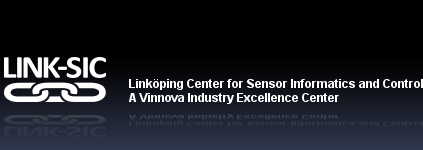Research within LINK-SIC
The area that LINK-SIC covers is, in broad terms Design of Systems for Control and Signal Processing based on Mathematical Models. A term that has been coined recently to capture the role of models and information for such design is Model-Based Information-Centric Systems Engineering. LINK-SIC will apply this perspective to problems of importance to Swedish industry.
Clearly, the topic is very broad and within a small effort only certain aspects can be treated. We will handle this by concentrating on specific areas selected by our industrial partners in the three nodes:
At the same time, the fascinating aspect of this research is that it is generic and generally applicable. A solution that has been generated for, say, an industrial robot can very well be applicable for an autonomous aerial vehicle. This makes it interesting and potentially rewarding to mix different application areas – in non-competing business segments – in a joint effort like LINK-SIC. It will be an important policy to actively pursue such synergies.

